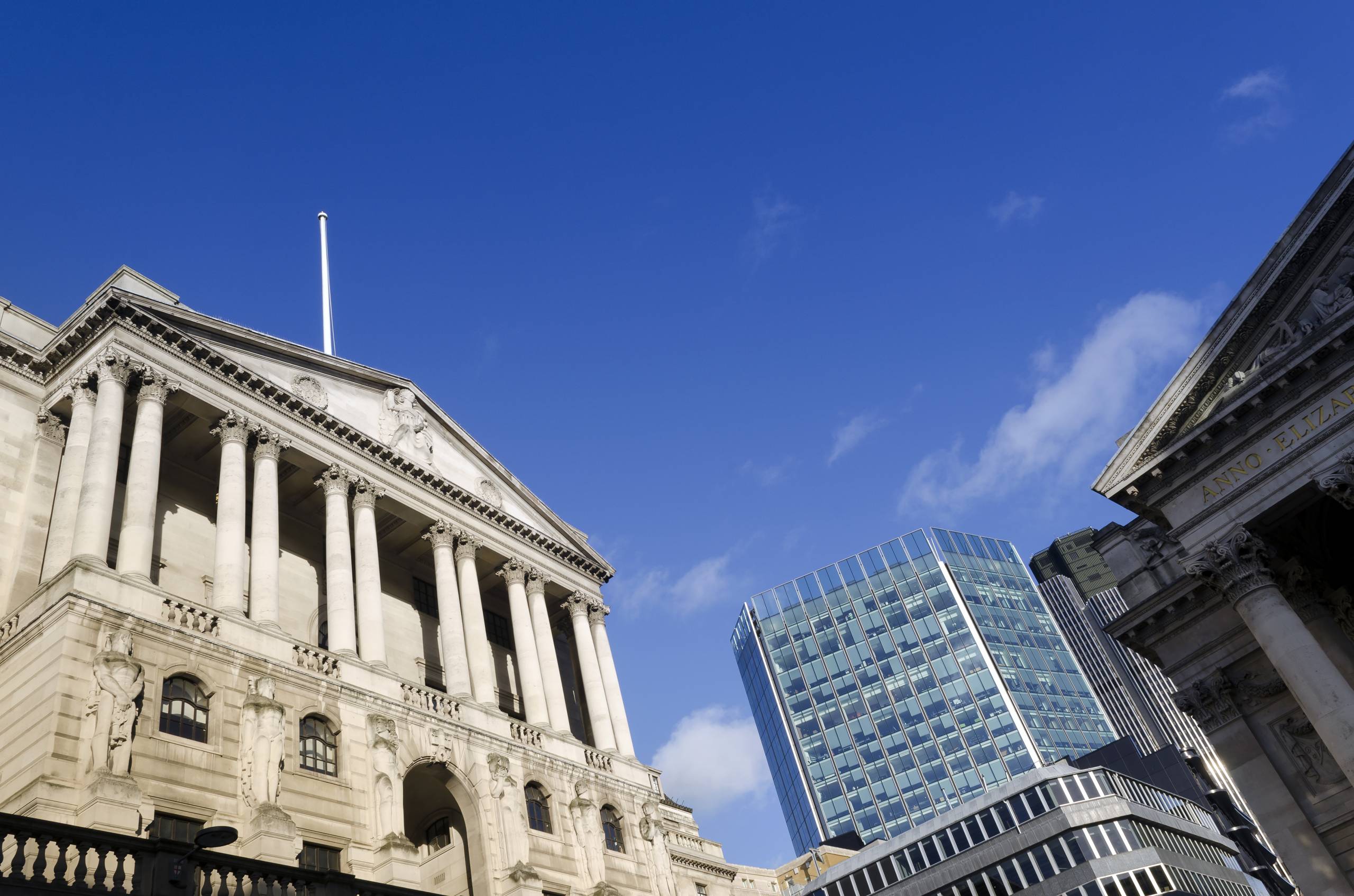Central banks are centralised financial institutions that operate on a national or regional level. Examples of central banks are the European Central bank in the EU, the Federal Reserve System in the US, and the Bank of England in the UK. Central banks typically consist of a board of member banks, and are operationally independent from the government.
Although the role of central banks varies around the world, in the UK, the Bank of England controls monetary policy, regulates the banking industry and provides financial services. Its main purpose is to keep the nation’s currency stable, maintain low levels of unemployment and prevent inflation.
Monetary policy
Through a series of monetary policy tools, central banks have the power to affect the economy by controlling a country’s supply of money. One of the core mechanisms they control is the interest rate for their member banks, a vital tool in controlling inflation.
Inflation is an important concept that’s often ignored by savers and investors. It measures the rate of price growth for general goods and services. In a healthy, growing economy where consumers and businesses spend more, the increase in demand pushes up prices.
Why is inflation important to savers and investors? Well, it reduces the purchasing power of cash over time, so any money sitting in a savings account with negligible returns will continue to lose value in real terms. Central banks, therefore, aim to reduce inflation by increasing interest rates – applying what is known as a contractionary monetary policy.
Conversely, when inflation is on course to fall below the government’s target, central banks may stimulate growth by decreasing interest rates or through quantitative easing (QE), injecting money straight into the economy to encourage spending – an expansionary monetary policy.
The Bankers’ Bank
Central banks are not commercial banks, meaning individuals cannot open accounts and deposit their own money within these.
Rather, central banks are often referred to as “bankers’ banks” as they provide other banks and governments with the reserves they need in order to carry out their daily operations. By increasing and decreasing the amount of reserve money within banks, central banks modify demand for money, affecting interest rates (bank rates), and ultimately controlling inflation. Central banks are able to move reserve money in and out of commercial banks by buying and selling them securities.
With the power to influence whether we save or spend, central banks play a crucial role in the economy. But it’s important to know that even in this seemingly controlled environment, there are opportunities for you to take control of your own money.
Investing can help you protect your money from the impact of inflation, and get you one step closer to your financial goals. Modern robo-advisors like Momeyfarm combine human expertise with technology to make investing as easy and effective as possible. Take a look at your investment options here.





